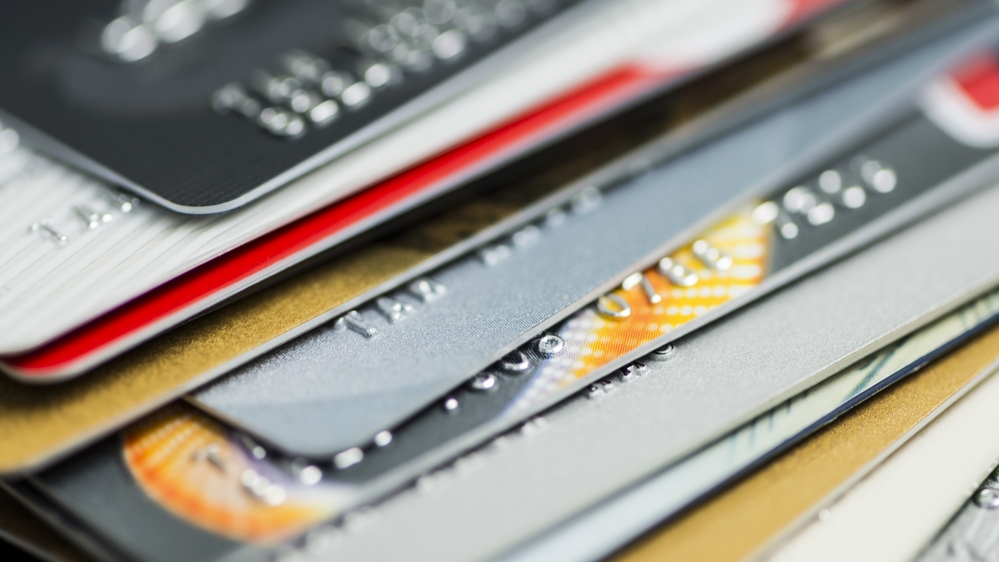Have you ever worried incessantly about something for a long time, only to discover you fretted for naught? Or have you ever been afraid of posing a question because you think you won’t like the answer? Well, such scenarios are common when dealing with debt. But we’re here to help. Here are questions about credit card debt relief you were afraid to ask.

How Can I Stop Feeling Like I’m Drowning?
The first thing you should do is face your debt. You need to calculate precisely how much you owe. Doing so is daunting, but it’s a crucial first step.
Get started by tallying up your monthly minimum payments. You don’t ever want to skip a payment, which will trigger penalties and fees and will hurt your credit score.
Next, write down the total amount of outstanding debt and make three columns: one for the total owed on each debt, another one for the minimum monthly payment allowed for each balance, and a third one for debt interest rates. Doing so renders a feeling of control over your situation. While you’re at it, check out credit card debt relief options.
Separate interest rates from lowest to highest. Keep making minimum payments while directing any leftover cash not going to rent or living expenses to the balance with the highest interest rate.
How Can I Possibly Save While I’m in Debt?
It’s a logical question, but in honestly, you should do both. Balancing loan repayment and saving for the future can be accomplished if you:
- Use cash only. When your cash is gone, it’s gone. It’s too easy to use credit cards and run up “invisible” debt.
- Make minimum payments, but pay more on your high-interest debt.
- Once your spending is under control, start putting money into your retirement fund – if your job offers to match your contributions. You don’t want to give away what essentially is a bonus.
- Establish an emergency fund. Doing so will keep you from swiping your plastic when an emergency such as a car repair arises. Aim for at least $2,000 in savings.
How Poor is my Credit Score and How Long Until It Improves?
In general, anything between 700 or 750 and above is good, while a score of 500 or under is bad. Just remember, you can work at your situation and improve it, usually with professional help.
You can typically expect to notice improvements on your credit report after a year of on-time payments and a balance that’s getting smaller.
What if I Get A Collections Notice on a Small Bill?
If one of your bills is in collections, be certain that you pay the whole amount and that your credit report shows the delinquency as paid. Calling one of the three major credit agencies to make sure the balance is no longer outstanding on your report will usually trigger a change to the other two reports.
If you are on good terms with a credit card issuer, give it a call and request a late-fee waiver. Also ask that your interest rate remain the same. In many cases, the company will understand that you made an error, waive the late fee, and restore your interest rate to previous levels.
Now, about those questions about credit card debt relief you were afraid to ask. Do you feel better? You should. After all, knowledge is power. Talk with a debt relief company today and get yourself on the right track.
Leave a Reply